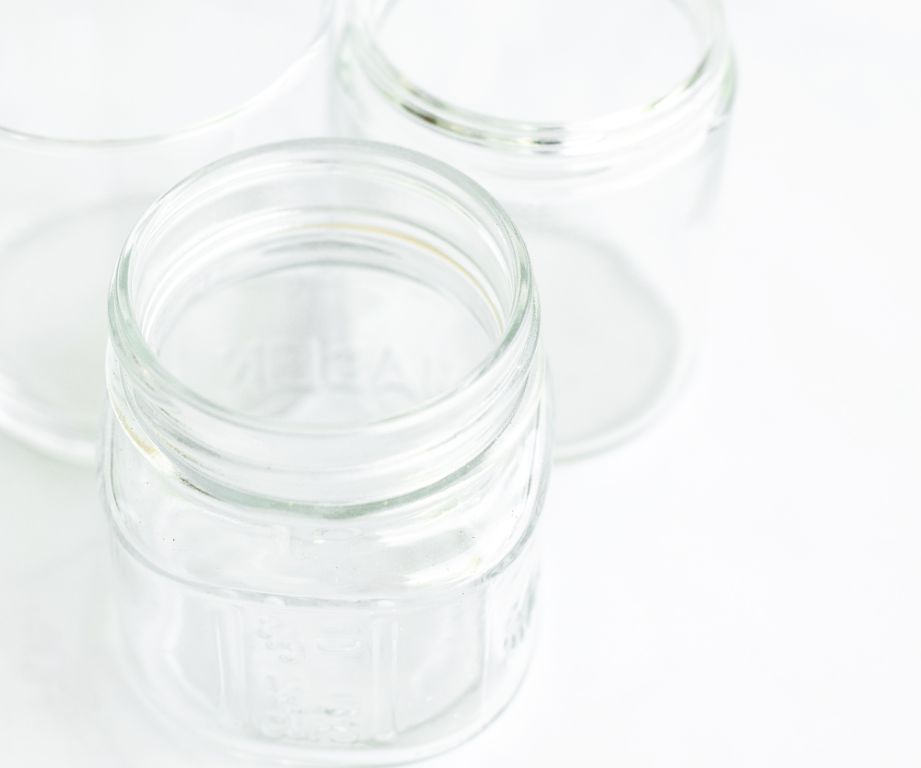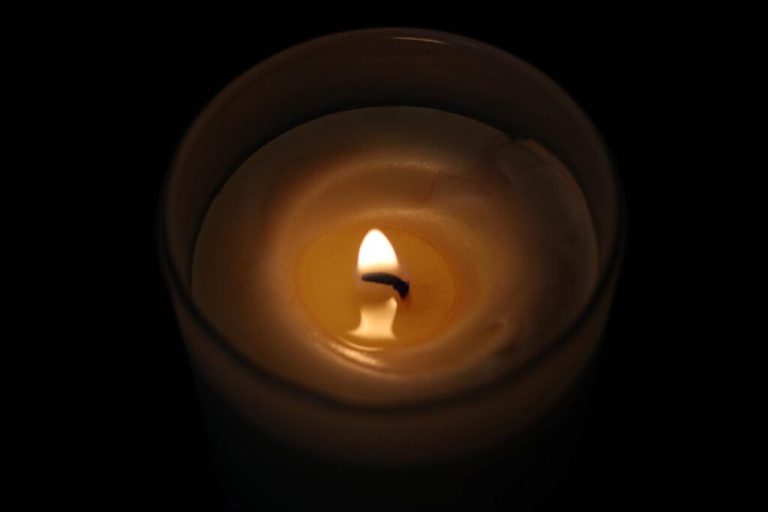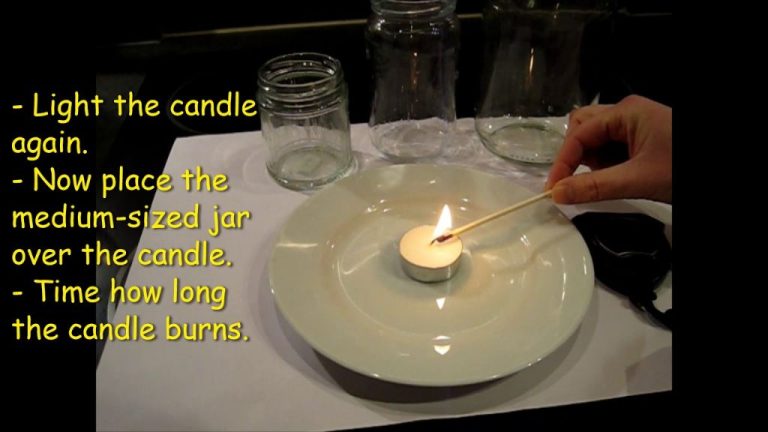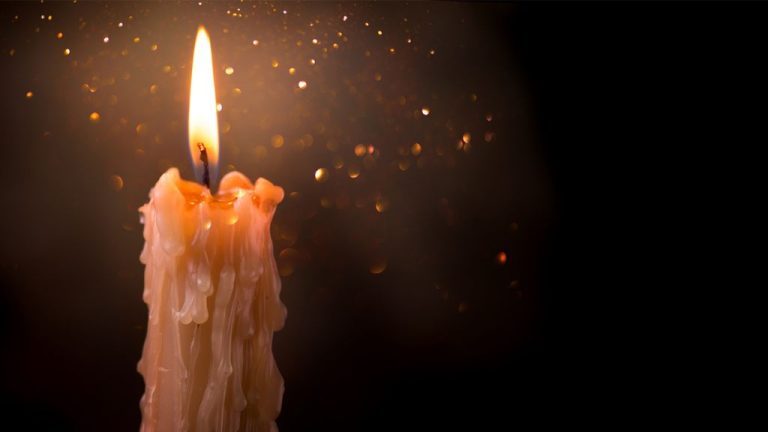How Should Candle Wax Be Stored?
Properly storing candle wax is essential for maintaining the quality and performance of your candles. Wax can absorb odors and oils if not stored correctly, leading to poor burn quality, scent throw issues, and other problems. Following best practices for wax storage will help ensure your wax stays in optimal condition. This guide covers key factors like temperature, light exposure, container choice, and separating wax types/additives.
According to sources[1][2], the most important guidelines for storage are keeping wax cool, dry, and in airtight containers away from light. Proper storage helps maintain wax quality over time.
Store Wax in a Cool, Dry Place
Wax is susceptible to melting if exposed to high temperatures, so it’s important to store candle wax in a cool, dry location. The ideal storage temperature is between 15-21°C (59-70°F). Storing wax at warmer temperatures can cause it to soften and lose its shape. Fluctuating high and low temperatures can also create condensation inside the wax’s container, which can lead to frosting and other texture issues when burning the candle. The coolest, most stable environment in one’s home is often a cupboard or closet away from heat sources like ovens, dishwashers, and heating vents. Direct sunlight should also be avoided since it can heat up storage areas. According to Suffolk Candles, a leading UK candle making supplier, “All in all, it’s best to store [candle wax] in a cool and dark place. Some people have a tendency to keep candle wax in the freezer but that’s really not necessary. As long as the room temperature doesn’t exceed 21°C (70°F), there’s no risk of the wax melting.”1
Keep Wax in an Airtight Container
Candle wax can easily absorb odors and moisture from the air if not properly stored, which can ruin the wax and make lower quality candles. Keeping wax in an airtight container prevents outside odors and humidity from seeping in and altering the wax’s scent and performance.
Glass jars with tight-fitting lids or screw-top metal tins work well for storing candle wax airtight. Plastic containers should be avoided, as the plastic can leach chemicals into the wax when heated. Wax storage containers should have a seal between the lid and the base to lock out air.(Source)

If storing multiple types of wax like soy, beeswax, paraffin, or palm, keep them in separate airtight containers to prevent mixing of scents. Label the containers clearly with the type of wax inside. Check containers periodically to ensure the seal remains intact.
Proper airtight storage keeps wax in peak condition so it burns cleanly and evenly. Preventing odor absorption also allows any added fragrance to come through truer when the wax is melted and made into candles.
Store Different Types of Wax Separately
Different types of candle wax, like paraffin, soy, and beeswax, have unique properties that affect how they melt, burn, and release fragrance in candles. Storing wax types separately prevents them from mixing together and altering those properties.
For example, paraffin wax is derived from petroleum and is relatively inexpensive. It melts at a low temperature and allows fragrance oils to disperse evenly. Soy wax comes from soybeans and burns slower with a lower melt point than paraffin. Beeswax has a honey-like scent and burns brighter than other waxes.1
If paraffin and soy wax are mixed, the soy wax may raise the melting point of the blend and change how well fragrance spreads. Mixing beeswax into another wax can introduce its distinctive odor. Keeping wax types separate maintains their unique benefits.
Store paraffin, soy, beeswax, and other wax varieties in their own clearly labeled containers. Use separate pouring and melting pitchers for each wax type when making candles. Proper separation ensures wax performs as expected in candlemaking.
Keep Wax Away from Light
Light, especially UV light from sunlight, can impact candle wax over time. According to an article from The Wax Chandler https://thewaxchandler.com/candle-wax/why-is-my-candle-wax-turning-yellow/, ultraviolet light will cause oxidation in candle wax, leading to discoloration and a yellow appearance. This is especially common in candles containing vanillin. Direct sunlight should be avoided when storing candle wax.
UV light can also degrade dyes and fragrances in candle wax over time according to The Flaming Candle’s article on UV inhibitors. This can lead to fading of colors. Fragrances may also become altered. Keeping candle wax stored away from light will help preserve the intended colors and scents.
In summary, light exposure can negatively impact the appearance and aroma of candle wax. Keeping wax properly stored away from direct sunlight or other light sources will help prevent discoloration and changes to the scent.
Use Proper Containers for Melting and Pouring
When melting candle wax, it is important to use the proper heat-safe containers. Glass, stainless steel, ceramic, and aluminum are all good options for melting containers. Avoid using plastic containers as they can melt or leech chemicals into the wax when heated. According to aromasparks.com, “Use only heat resistant, non-flammable containers for melting wax. Never melt wax directly on the stovetop.”
For pouring melted wax, heat-safe pitchers or pouring pots work well. Make sure any pouring container has a spout or pour lip to prevent spills. Some candle makers also use a double boiler method for melting wax, which provides more even and gentle heating. With a double boiler, the wax is placed in the top pot which sits above gently simmering water in the bottom pot below. This allows the wax to melt evenly without scorching or overheating.
Proper preparation and using suitable heat-safe containers are important safety steps when melting and pouring wax to prevent burns or accidental fires.
Store Unused Wicks Separately
Unused wicks should be stored separately from wax and other candle-making supplies to prevent contamination and maintain wick integrity. Wicks can easily pick up fragrance oils, dyes, dust, and wax residue when stored improperly. This can lead to issues like clogged wicks, smoking candles, inconsistent burn, and diminished scent throw. According to https://suppliesforcandles.co.uk/candle-college/how-to-store-your-candles-and-wax-melts storing candle wicks separately prevents contamination and keeps the wicks in their best condition until use. Wicks should be kept in a sealed plastic bag or airtight container. Glass jars also work well for wick storage. The key is keeping the wicks enclosed so they stay clean. Storing wicks properly ensures they will have optimal capillary action when making candles. Proper wick storage helps prevent common issues like tunneling, poor scent throw, and dull color that can result from contaminated wicks.
Store Dyes and Fragrances Separately
It is important to store candle dyes and fragrances separately to avoid cross-contamination of scents and colors. Fragrances and dyes can absorb scents and tints from each other if stored together for extended periods. This can alter the original color and smell of your candle making supplies.
Store wax dyes in tightly sealed containers in a cool, dark place. Keep different colored dyes separate so they don’t bleed into each other. It’s best to keep dye containers away from any fragrance oils. The fragrance oils should also be kept in airtight containers in a cool, dark cupboard or drawer, separate from dyes.
According to The Candle Hub, “It is best to store fragrance oils, especially those that will not be immediately used, in a cool, dark location.” Keeping dyes and fragrances properly stored and separated will maintain the integrity of their scents and colors for future candle making.
Minimize Temperature Fluctuations
Fluctuations in temperature can affect wax quality over time. Wax expands when heated and contracts when cooled. Repeated expansion and contraction can cause wax to lose its shape and become brittle or cracked (https://letsmakecandles.com/info/importance-of-temperature/).
To minimize the impact of temperature changes, store wax in a room or closet with a relatively stable temperature. Avoid areas that experience major temperature swings from day to night or season to season. Basements or interior closets often provide more moderate temperatures.
You can further buffer temperature changes by storing wax in insulated containers. This will allow the wax to maintain its form better over time. Just be sure not to store wax anywhere that may get overly hot like near a furnace or in direct sunlight.
Check Wax Periodically
It’s a good idea to check your candle wax every so often for signs of spoilage or deterioration. Look for changes in color, scent, and texture (Martha Stewart, How to Tell If Candles Have Expired,https://www.marthastewart.com/8052875/do-candles-expire). Discoloration, fading of dyes, sweating, separation, and crystallization are all indicators that the wax has gone bad (Cyclone Candle Company, When Candles go Bad,https://cyclonecandlecompany.com/blogs/news/when-candles-go-bad).
Check both unused and burned candles. Unburned candles can lose their scent over time or start to develop an unpleasant odor. Burned candles may start to smoke, sputter, or burn unevenly if the wax has degraded. Any odd visual or perfumery changes mean it’s time to discard the candle.






